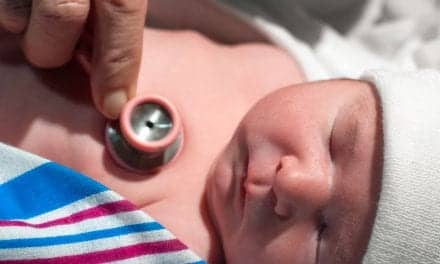Anaphylaxis very likely occurs in nearly 1-in-50 Americans (1.6%), though the true rate is likely closer to 1-in-20 (5.1%), according to the results of a study from the Asthma and Allergy Foundation of America (AAFA).
“This study provides the first estimate of anaphylaxis prevalence in the United States using a large unbiased survey,” said lead author Robert Wood, chair of the AAFA research panel that conducted the study, and Director of Allergy & Immunology at Johns Hopkins Children’s Center.
The findings come from Anaphylaxis in America, an independent research project of AAFA sponsored by Sanofi US. Two independent nationwide, cross-sectional random-digit-dial landline telephone surveys were conducted—a public survey and a patient survey. For the public survey, 1,000 interviews were completed. For the patient survey, 1,059 interviews were completed.
In the public survey portion of the study, the most common symptoms among those reporting anaphylaxis were respiratory symptoms (73%), followed by skin (61%), cardiovascular (24%), neurological (15%), and gastrointestinal (7%). The patient survey portion of the study had similar findings. More than 1-in-6 respondents (17%) who reported anaphylaxis also had a history of asthma, potentially putting them at higher risk for complications.
But the authors also pointed out that patients do not appear adequately equipped to deal with future episodes, indicating the need for public health initiatives to improve anaphylaxis recognition and treatment.
“One of the most alarming things we found is that, despite the common occurrence of anaphylaxis, most people are not prepared to do the right thing when emergency reactions occur,” said Mike Tringale, co-author and AAFA senior vice president. “We need to re-double our efforts to make sure that people are informed and have access to the right medication.”








